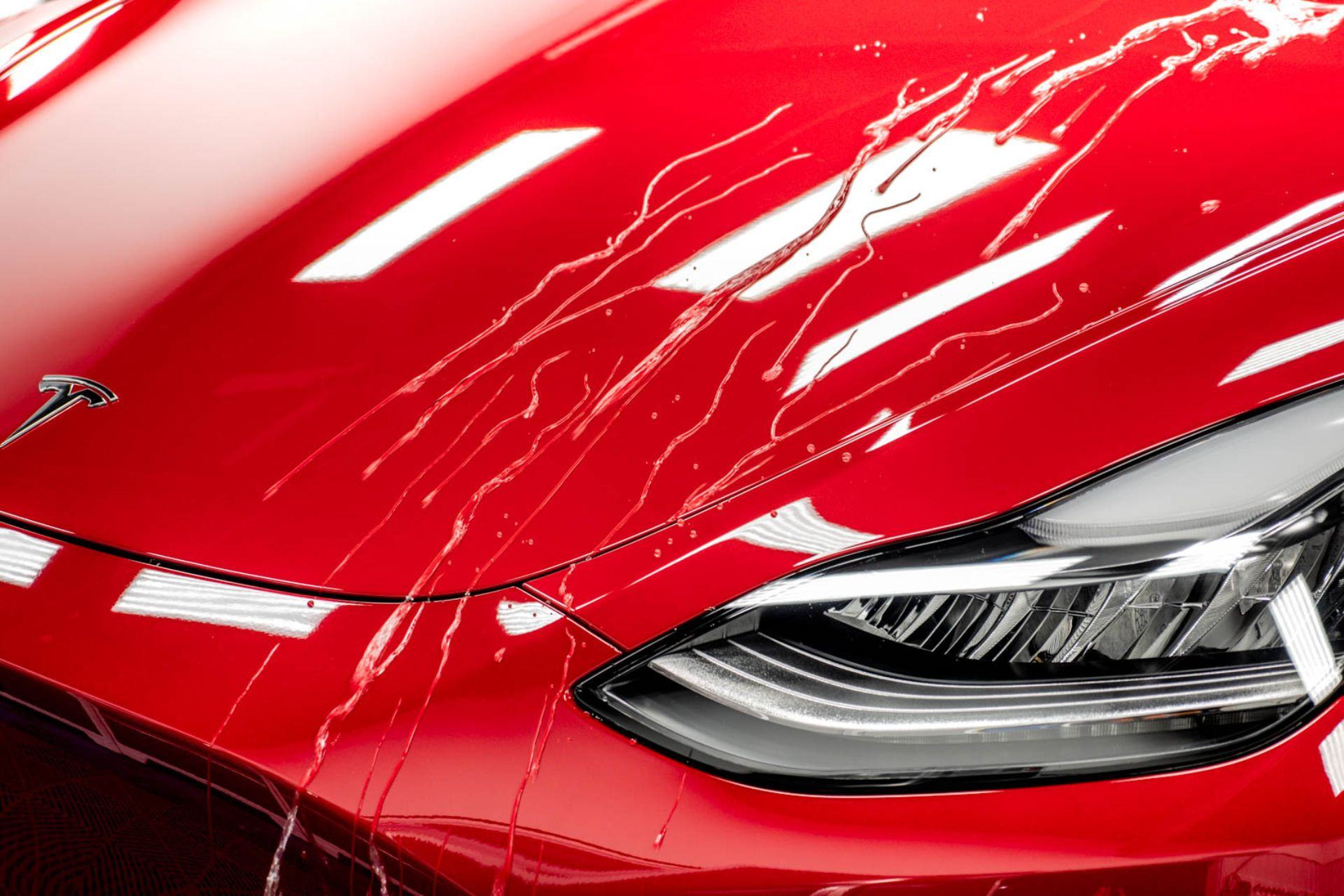Choose high-end paint protection film for a flawless layer of protection.
Choose high-end paint protection film for a flawless layer of protection.
Blog Article
A Comprehensive Overview to the Sorts Of Ceramic Covering on the marketplace
Ceramic coatings have become an essential solution across different sectors due to their distinct buildings and applications. From silica-based formulas understood for their robustness to crossbreed choices that merge several advantages, the choices available can be overwhelming. Comprehending the subtleties of each kind, including their specific advantages and ideal usage cases, is vital for making informed choices. As we check out the distinct qualities and applications of these coverings, the implications for efficiency and longevity end up being progressively obvious, questioning concerning which kind may finest match your needs.
Comprehending Ceramic Coatings
Ceramic finishings are advanced safety solutions that have actually gained appeal in numerous sectors, specifically in vehicle and aerospace applications. These coverings consist of a fluid polymer that, when treated, develops a durable, hydrophobic layer externally of the substrate. This layer gives improved resistance to environmental contaminants, UV radiation, and chemical direct exposure, therefore extending the life and visual charm of the underlying product.
The basic element of ceramic layers is silica, which adds to their solidity and sturdiness. The application procedure typically involves surface area prep work, application of the finish, and curing, which can be accomplished with warm or UV light. Once treated, ceramic layers show exceptional bonding properties, allowing them to stick highly to a range of surfaces, including steels, plastics, and glass.
Along with their protective features, ceramic finishes additionally supply simplicity of upkeep. Their hydrophobic nature lowers the adherence of dirt and crud, making cleaning simpler and less frequent. In general, the fostering of ceramic finishes stands for a considerable improvement in surface protection innovation, providing both practical and aesthetic benefits across several markets.
Sorts Of Ceramic Coatings
Different types of ceramic finishings are offered, each made to fulfill specific performance needs and applications - Auto Detailing. The most usual types include:
Silica-based Coatings: These finishings largely contain silicon dioxide and are understood for their longevity and chemical resistance. They are commonly made use of in vehicle and commercial applications.
Titanium Dioxide Coatings: Renowned for their photocatalytic homes, titanium dioxide layers are usually applied in settings where self-cleaning and antifungal residential properties are preferable, such as in building materials and automotive finishes.
Zirconia Coatings: Defined by their high-temperature security and thermal resistance, zirconia coverings are used in applications such as generator engines and high-performance automotive elements.
Alumina Coatings: Showing excellent solidity and thermal security, alumina finishings are often made use of in wear-resistant applications, consisting of cutting tools and industrial equipment. - Auto Detailing
Crossbreed Coatings: Combining the residential properties of different products, hybrid layers offer boosted efficiency features, making them suitable for distinct and requiring applications.
Each type of ceramic finish offers distinctive purposes, allowing individuals to pick one of the most proper solution based on particular ecological problems and efficiency requirements.
Advantages of Ceramic Coatings
Ceramic finishes, in specific, offer various advantages that make them progressively prominent amongst manufacturers and customers alike. These coatings are immune to scratches, chemicals, and UV rays, ensuring that the underlying surface continues to be safeguarded over time.
In addition to durability, ceramic layers give outstanding hydrophobic buildings, enabling very easy cleansing and upkeep. This water-repellent nature decreases the adherence of dust, gunk, and various other impurities, see this page which can lengthen the visual allure and performance of the surface area. Furthermore, ceramic layers can dramatically boost thermal resistance, making them excellent for applications that endure heats.

Application Process
When using ceramic coatings, a careful technique is necessary to accomplish ideal results. The application procedure commonly starts with comprehensive surface area preparation. This entails cleaning, sanitizing, and brightening the surface to eliminate all pollutants, consisting of dirt, grease, and prior waxes or sealants. A clean surface ensures appropriate bond of the layer.
When the surface area is prepped, the next step is to apply the ceramic finish. The layer needs to be used in thin layers, as thicker applications can lead to unequal finishes.
After application, the coating calls for a certain healing time, usually varying from a couple of hours to a complete day, depending on the item. Following these steps faithfully will make the most of the effectiveness and longevity of the ceramic finishing, providing a sturdy safety layer for the surface area.
Upkeep and Longevity
To ensure the long life and performance of a ceramic covering, routine maintenance is necessary. Ceramic finishes, understood for their durability and safety qualities, need specific care regimens to maximize their life-span and efficiency. The primary step in upkeep involves regular washing with pH-neutral soap, avoiding rough chemicals that can degrade the coating. It is a good idea to clean the lorry frequently, ideally every 2 weeks, to stop the buildup of impurities that could jeopardize the finish's integrity.
Along with regular washing, regular inspections are vital. Look for signs of wear or damages, such as hydrophobic residential or commercial properties get more reducing or surface area flaws. If essential, a light polish might be related to rejuvenate the layer without stripping it away.
Moreover, the application of a booster spray can improve the layer's hydrophobic effects and restore its gloss. This is especially helpful for coatings that have remained in use for an extensive period. Ultimately, by adhering to these upkeep practices, one can considerably prolong the life of more information a ceramic layer, making certain that it remains to offer optimal security versus ecological variables and keep the visual appeal of the car.
Final thought

Report this page